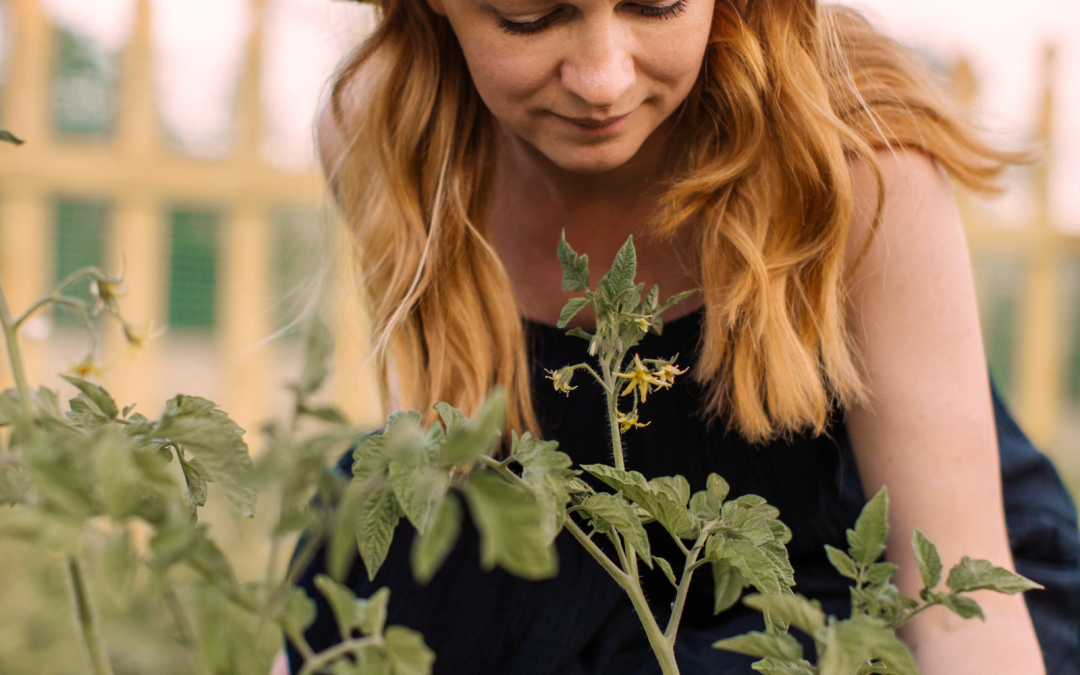Introduction
Gain your Self-Sufficient backyard and finding everything you need to live a more sustainable, eco-friendly, and fulfilling life. A self-sufficient backyard is not just a dream; it’s a practical, rewarding way to reduce your reliance on external resources while contributing to a healthier planet. Whether you’re growing fresh vegetables, harvesting rainwater, or raising backyard chickens, the possibilities are endless.
This guide will walk you through everything you need to know to transform your outdoor space into a productive, self-reliant haven. From gardening tips to renewable energy solutions, you’ll discover how to create a backyard that not only saves you money but also enhances your quality of life.
Benefits of a Self-Sufficient Backyard
Environmental Benefits
By growing your own produce and using renewable energy, you significantly reduce your carbon footprint. Composting and water conservation further promote eco-friendly practices.
Financial Savings
Imagine cutting down your grocery bills by harvesting fresh vegetables, eggs, and honey from your backyard. Over time, the initial setup costs pay for themselves.
Health and Well-Being Improvements
Fresh, homegrown food is more nutritious and chemical-free. Plus, gardening is a therapeutic activity that promotes mental health and physical fitness.
Key Components of a Self-Sufficient Backyard
Gardening Essentials
Start by selecting plants suited to your climate. Use organic techniques like crop rotation and natural pest control to maintain healthy produce. Plan your garden to ensure a steady supply of vegetables throughout the year.
Composting and Soil Health
Turn kitchen scraps and yard waste into nutrient-rich compost. This not only reduces waste but also enriches your soil, resulting in healthier plants and higher yields.
Water Management
Install rain barrels to harvest water from your roof. A drip irrigation system ensures efficient watering, saving both time and resources.
Raising Backyard Animals
Chickens provide eggs and help control pests, while bees support pollination and offer honey. If space permits, consider small livestock like goats for milk or sheep for wool.
Renewable Energy in Your Backyard
Solar panels and wind turbines are excellent for generating electricity. Use solar-powered lights to brighten your outdoor space sustainably.
Building a Food Storage System
Preserving food extends its shelf life and minimizes waste. Learn to can fruits, dry herbs, and freeze vegetables to enjoy your harvest year-round.
Tips for Starting Your Self-Sufficient Backyard
Start small and expand gradually. Sketch a layout of your backyard, allocate space for each activity, and determine your budget. Get the whole family involved—it’s more fun and less overwhelming with teamwork.
Challenges and How to Overcome Them
From pest infestations to time constraints, challenges are inevitable. Use natural pest repellents, allocate specific times for maintenance, and prioritize tasks to manage your workload effectively.
Inspiring Self-Sufficient Backyard Ideas
Consider vertical gardens if space is limited. A DIY greenhouse allows you to grow plants year-round, while a permaculture food forest creates a sustainable ecosystem in your backyard.
Maintenance and Sustainability Tips
Keep your backyard thriving with regular upkeep. Adjust planting schedules and energy usage according to seasonal needs. Always look for ways to improve efficiency and reduce waste.
Conclusion
A self-sufficient backyard is a rewarding venture that benefits your wallet, health, and the planet. Start small, stay consistent, and enjoy the fruits (literally!) of your labor.
FAQs
- What are the initial costs of creating a self-sufficient backyard?
Costs vary depending on the size and components, but you can start small with minimal investment. - How much time does it take to maintain a self-sufficient backyard?
It depends on your setup, but dedicating a few hours weekly is typically sufficient. - Can I create a self-sufficient backyard in a small space?
Absolutely! Use vertical gardening, container plants, and small-scale setups to maximize space. - What are the easiest plants to grow for beginners?
Lettuce, tomatoes, herbs, and radishes are low-maintenance and beginner-friendly. - Is it possible to achieve 100% self-sufficiency?
While challenging, it’s possible with proper planning, diverse systems, and consistent effort.

